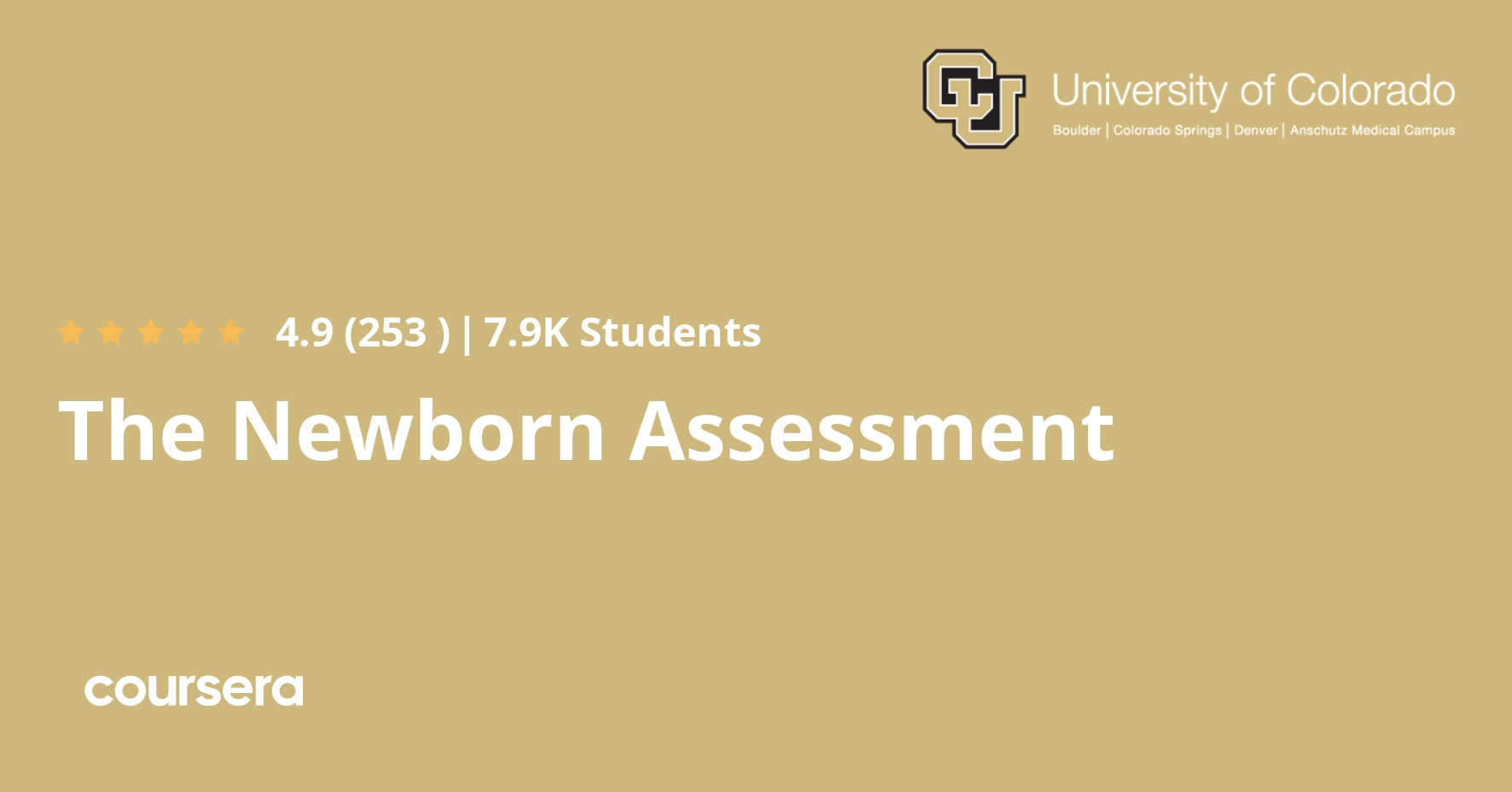Description
In your previous course, you learned some medical interventions and skills to keep newborns healthy in the days and weeks after they have been born. In this course, you will learn what some additional skills that medical providers do to keep babies healthy. The Newborn Assessment Course will walk you through the physical examination from head to toe. You are going to learn that this is so much we can discover just by looking at a baby. And yes, we will be listening too, and discussing how medical equipment, such as a stethoscope or a pulse oximeter, can help in your exam. You will begin to be able to distinguish some normal findings from some abnormal findings.
A newborn baby is an amazing beautiful life filled with hope. There is so much that goes into making sure that babies are born healthy, and so much more to think about after they are born. Whether you are in the health care field, or even a parent, this course is the perfect educational opportunity for you to keep newborn babies healthy in the days and weeks after they are born!
What you will learn
Newborn Exam: Assessment from Head to Toe
In all of the modules up until this one, we have discussed abnormalities or illnesses of newborns. In order to understand and recognize what is not normal, it is worthwhile to be clear on what is normal. In this module, Dr. Kohn will demonstrate how to examine a very well newborn. Aside from the obvious size differences and the unbelievable cuteness of newborns relative to adults, there are the influences of fetal development and transition that impact the newborn exam. Keep in mind that your exam may be the first physical evaluation that this baby has in its life!
Ensure heart health
Our task as providers of health care to newborns is to detect which of the many seemingly well babies has an underlying health care problem that needs to be addressed. Previously, we reviewed the screening method that we use to look for critical congenital heart disease. In this module, we will cover the surveillance technique, that is, the physical findings that should make us suspect a newborn might have congenital heart disease.
Ensure lung health
In this module, we will first identify normal components of the respiratory exam. We will use this information to recognize “abnormal” respiratory exams in newborns, meaning recognition of physical exam findings consistent with respiratory distress. Then, we will use the information we learned about the respiratory exam to work through a case of a newborn with respiratory distress
Diagnose common illnesses in the first month
Nearly 41% of children who die under the age of 5 are less than 28 days old. The first month of life is a particularly vulnerable time for these little ones. In this module, you will learn some signs or symptoms that are concerning in newborns in the first month of life, and that need medical attention. You will also learn some common findings that are concerning to parents, but not concerning medically. Those are conditions for which reassurance and/or watchful waiting is appropriate. Distinguishing between concerning and benign conditions will help you ensure the safety and health of newborn babies!





